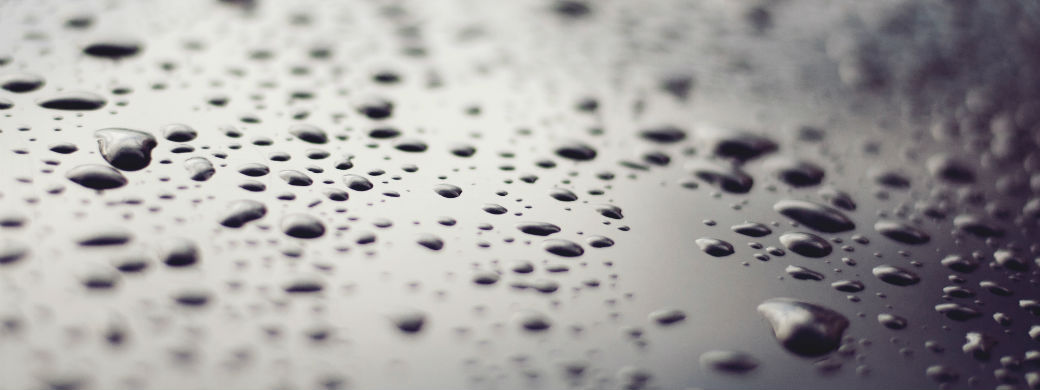TOP TIPS FOR KEEPING YOUR HOME DAMP FREE

Keeping Your New Home Damp Free
Damp is one of the most common problems that affects UK homes and if it is not taken care of, it can cause major damage to your property.
Our guide looks at the main causes of damp – and, more importantly, how to combat them.
What are the main types of damp?
There are three types of damp to be aware of; rising damp, condensation and penetrating damp.
Tackling rising damp
Rising damp can be costly to sort out and can become harmful to your health if not treated. Rising damp is caused by groundwater finding its way into a home through stone or brickwork and then working its way from the ground up. The most effective way to manage rising damp is through a course of damp-proofing.
Dealing with penetrating damp
Water can work its way into a property through the walls as well as the roof and floors; this is called penetrating damp. Growing circles and blotches on walls and ceilings and wet and crumbly plaster are typical signs of penetrating damp. Potential weak spots on the property exterior such as poor pointing or damaged masonry can also be an indication of damp, causing possible problems further down the line.
The key to removing penetrating damp is to eliminate the source. Check the sealant on exterior doors and windows as these may need stripping and replacing. Check for any missing mortar or areas between bricks that may need repointing.
Managing condensation
Condensation is one of the most common forms of damp in the home and its harmful consequences are often overlooked. Condensation can be caused by drying wet clothes indoors, taking a shower or having a bath and boiling the kettle to name a few.
Bathrooms and kitchens are often the rooms most affected so proper ventilation is essential. Make sure you have a working extractor fan in your kitchen and bathrooms, and ensure all rooms including bedrooms have functioning vents.

Watch out for black mould
Black mould is caused by an excessive build-up of moisture; it is difficult to remove and can have serious health implications.This type of mould is not just unsightly, but it can attract mites and, in extreme cases, could cause respiratory problems. Mould and mildew eradication kits can be purchased online but any cleaning products that contain bleach can also tackle the problem.
Keep an eye out for ‘tide marks’
If your damp-proof course is defective, one of the first ways in which this will manifest itself is in ‘tide marks’ at the bottom of walls. You need to pinpoint the source of the problem, have the necessary building works done and use a dehumidifier to dry out the room affected.
Check your guttering
If your guttering is damaged and you have rainwater streaming down the side of your property, it will only be a matter of time before the water finds its way into your home. Check your guttering regularly for blockages or other problems.
Dry your washing outdoors
Drying damp clothing on a clothes-horse in the spare bedroom can cause excess condensation and add to you damp problem. Try to dry clothes outside whenever possible, or make sure to hang them in a well-ventilated room.

Source: NAEA Propertymark





